There Is Cash For Creatives – Orange Economy Needs Structure To Benefit

For the past two years, the Jamaica Stock Exchange has been recognised as the best-performing stock market in the world, and to Herbet Hall, vice-president of investment banking at the National Commerical Bank, that simply means that money is here. Last Tuesday evening, Hall was a panellist invited by the Jamaica Business Development Corporation for Global Entrepreneurship Week as one to explore the question: Is there cash for creatives?
The answer is yes.
But it was the follow-up inquiry that much conversation around the room – as the panellists moved to reveal exactly how creatives can access the funds floating around the local market. Alongside Hall were founder of Kingston Creatives Andrea Dempster-Chung, attorney-at law Cavelle Johnston, Film Commissioner Renee Robinson, director of cultural policy in the Ministry of Culture, Gender, Entertainment and Sport Marisa Benain, and president and CEO of iCreate Limited Tyrone Wilson. Together, they asserted that while the money is there, the creative industry, or the orange economy, hasn’t attracted investors because there is no structure.
STRUCTURES AND STRICTURES
“Financiers need to fund a structure that has some form of history. At the end of day, whether you are a very large or small corporate, it is the numbers that matter. Until we, in the financial space, understand a little bit more, then you’re gonna have that gap. It’s a gap about understanding creatives and how we put the necessary structures in place to access that financing,” Hall said.
He continued: “It is not a gap about whether or not funding is available, but how you access [it] – and are we putting in the necessary structures and strictures to enable creatives to be funded? Discussions have started to shine a light on some of the things that need to happen. It is a deficit of knowledge on our part. Help us to understand what you’re doing so that we can fund you.”
Wilson reiterated the need for creatives to develop their own structures. His earliest mentors were attracted to his structured approach to entrepreneurship – which included a business with a forecast for a board of directors, organisation charts, and other such officious documents. “I had an advisory board very early,” he said.
He recalled when he was approached by Sagicor in the early stages of developing iCreate. He contacted them seeking sponsorship for an advertisement, but they reached out with interest to invest. “But when I went in there, they were like, ‘We’re watching you. We see what you’ve been doing, and we want to invest. What is your structure like?’ That’s the first thing they asked me.”
GOVERNMENT INCENTIVES
Endowments for the Ministry of Culture, Gender, Entertainment and Sport may not come as large as those for other ministries. Nevertheless, while it may not be in the form of capital, Benain took some time to outline incentive initiatives already on the books for the creative professionals’ benefit. She revealed that there exists a sponsorship committee, approximately two years old. “Believe it or not, we have about three sponsorship meetings every month, and we go through at least 200 each meeting,” she said.
In addition to the newly minted committee, Benain pointed out older, functioning structures, like the National Registry for Creatives or the Fiscal Incentives Act 2013, that allow creatives to waive customs duties when clearing their tools of trade. “There is also tour support that artistes like Kabaka Pyramid, Protoje, and Etana have benefited from. “It’s been happening for years. As a matter of fact, it was happening from entertainment was at the tourism ministry. I’m not gonna say that everything is in place, but I think there are structures where we need to dot the ‘I’s and cross the ‘T’s,” she said.


